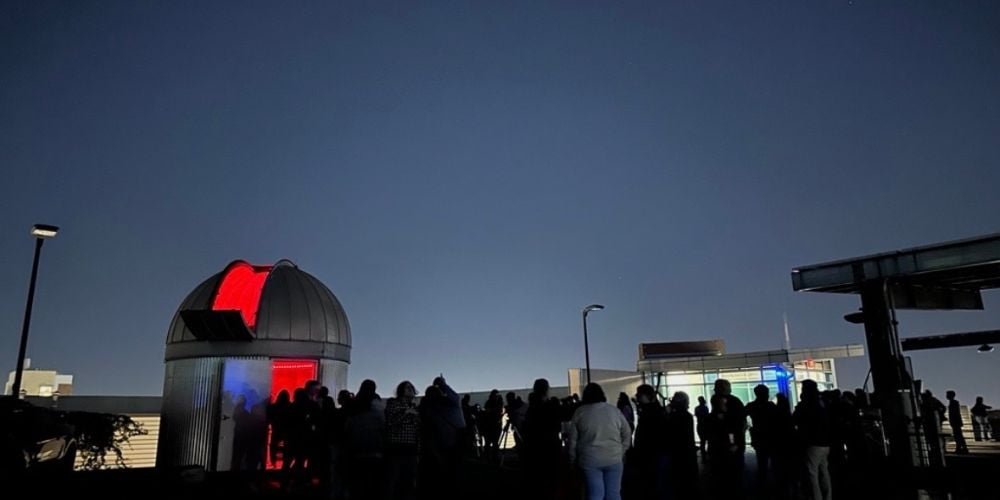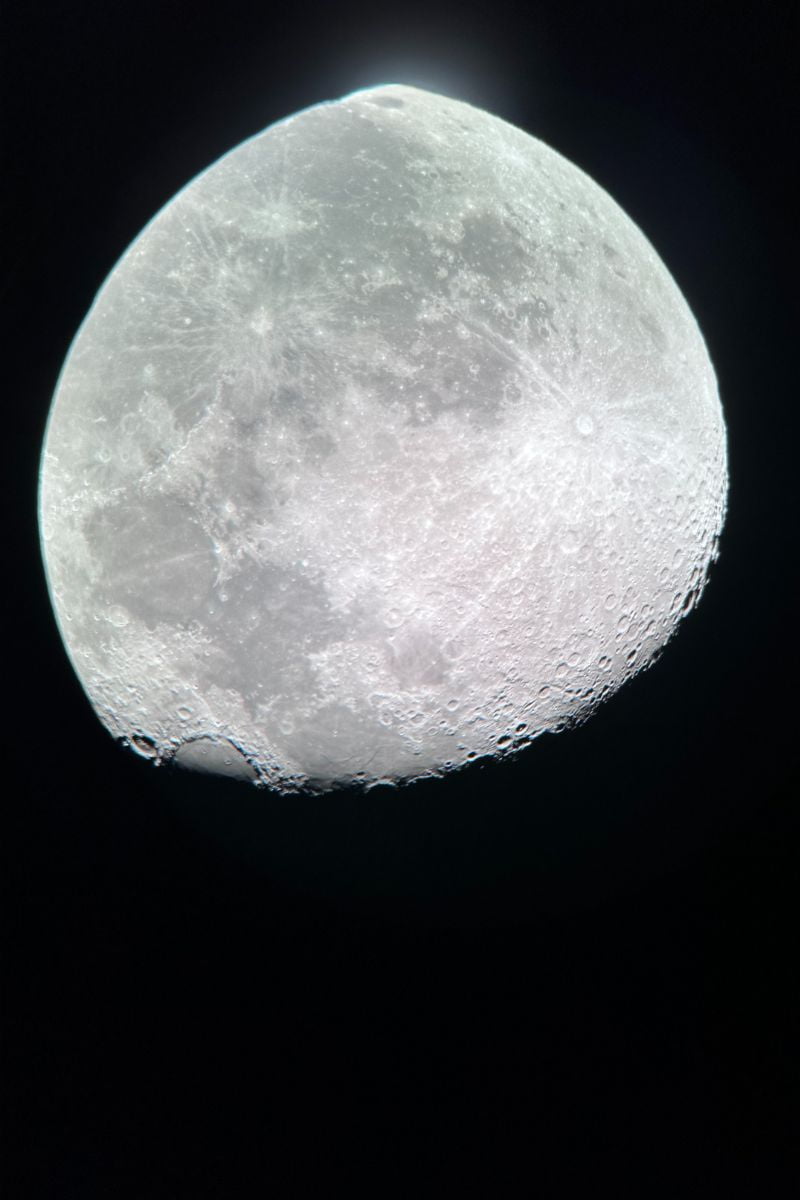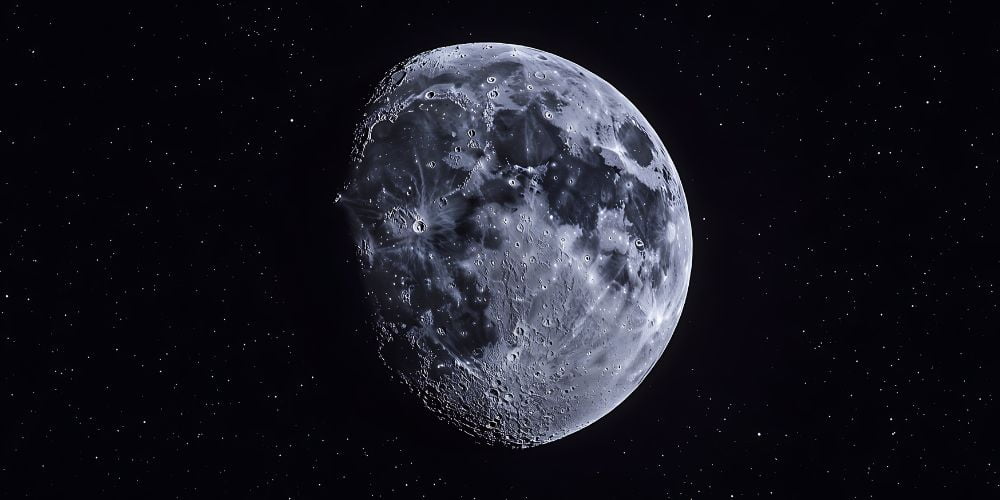The moon’s craters like you’ve never seen before
Friday, Oct 03, 2025 • Drew Davison : Contact

The University of Texas at Arlington is teaming up with NASA to celebrate International Observe the Moon Night this Saturday, Oct. 4. At the free event, held in the UTA Observatory from 8:30 to 10:30 p.m., visitors will be able to examine the moon, talk to astronomy experts, and take pictures through a 16-inch scientific-grade telescope.

“Part of the joy of this event is helping people recognize that we have this huge celestial neighbor that we see in the day and night sky, but most folks don’t know much about it,” said Levent Gurdemir, UT Arlington’s Planetarium director. “This is a chance to bring people to campus so we can look a little more closely at the moon.”
The annual event, launched in 2010, is part of a worldwide public engagement program to spark interest in lunar science. This time of year, the moon will be in its waxing gibbous phase, meaning it’s more than 50% illuminated but not yet full. This phase is ideal for observing the moon along the terminator—the line between night and day—where shadows enhance viewing of the craters and mountains on its surface.
“The term ‘waxing’ means increasing, similar to waxing an object to make it brighter, and ‘gibbous’ comes from the Latin for ‘hump,’” explained Gurdemir. “This phase of the moon is great for viewing since the shadows near the terminator line enable us to view the depth of craters through a scientific-grade telescope and to see the details of how truly remarkable the moon’s surface is.”
Visitors will also have the chance to ask UTA Planetarium staff and local astronomy enthusiasts questions about the moon and the night sky.
“It’s such a rewarding part of my job to bring people of all ages together to learn more about the world around us,” Gurdemir said.
For more information on the event, including parking information, visit https://www.uta.edu/planetarium/observatory.

About The University of Texas at Arlington (UTA)
Celebrating its 130th anniversary in 2025, The University of Texas at Arlington is a growing public research university in the heart of the thriving Dallas-Fort Worth metroplex. With a student body of over 42,700, UTA is the second-largest institution in the University of Texas System, offering more than 180 undergraduate and graduate degree programs. Recognized as a Carnegie R-1 university, UTA stands among the nation’s top 5% of institutions for research activity. UTA and its 280,000 alumni generate an annual economic impact of $28.8 billion for the state. The University has received the Innovation and Economic Prosperity designation from the Association of Public and Land Grant Universities and has earned recognition for its focus on student access and success, considered key drivers to economic growth and social progress for North Texas and beyond.
Latest News
- Bucket list wishes make final days meaningfulUTA study finds fulfilling end-of-life bucket list wishes boost well-being, family bonds, and closure
- UTA earns elite status for cybersecurity researchNSA designation affirms the University’s national leadership in cyber innovation, education and workforce growth
- From the front lines to the archives at UTALegendary journalist Bob Schieffer donates his Vietnam collection, capturing the lives and voices of Texas soldiers
- UTA honored with 2025 Star Award for student successMavs RISE program recognized for boosting retention, academic performance, and career readiness
- Saving cells from the brink of death—why it mattersUTA discovery could help scientists better understand brain development and disease
- Arthritis pain rising: How state policies matterUTA researchers tracked 10 years of data on how welfare programs and education influence joint pain






